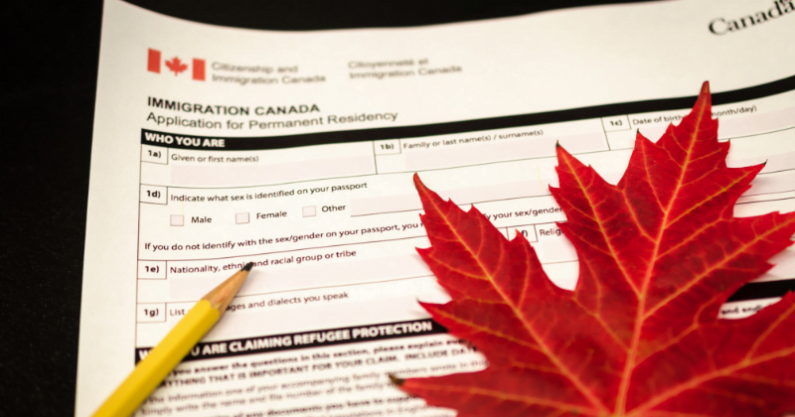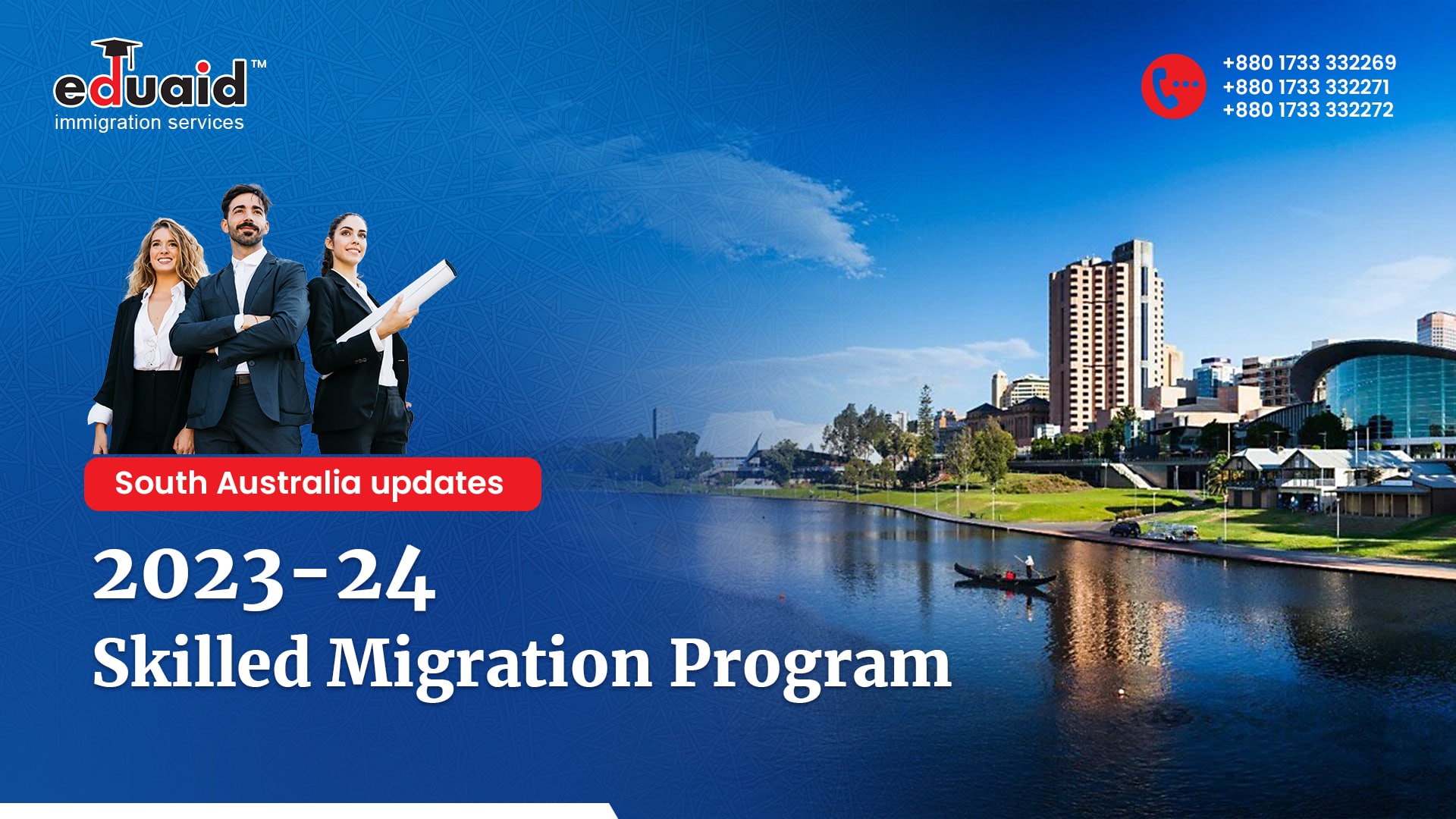The Provincial Nominee Programs (PNPs) have proved to be a hugely successful and popular immigration pathway to Canada ever since its introduction back in the 1990s.
It has grown so much that it currently ranks just under the Federal Express Entry system as the leading pathway to obtaining permanent residency in Canada.
In the past few weeks, nominee streams in provinces such as British Columbia, Alberta, Ontario, Saskatchewan, Manitoba and Nova Scotia have issued more than 2,500 invitations to skilled individuals.
This shows that talented individuals with a range of skills and professional experience can obtain permanent residence in Canada through PNPs.
In fact, more than 60,000 skilled individuals are said to be in line to be offered permanent residency in the country in 2019. This number is expected to rise to 213,000 in the next three years.
Factors such as ageing and decreasing birth rates are resulting in labour shortages in Canada, which has prompted this increase in the intake of skilled migrants.
How the PNPs work
Canada’s immigration ministry – Immigration, Refugees and Citizenship Canada (IRCC) allocates each province a number of annual nominations for Canadian permanent residence. The regions then distribute these nominations among migration applicants according to their labour market demands. The range of nominees includes international graduates of local universities, individuals having skills listed as in-demand in the provinces, as well as entrepreneurs and investors.
Top-ranked applicants are even nominated to apply for permanent residency through Express Entry. Several provinces have Express Entry-aligned streams in their nomination programs.
Applicants with a score of at least 450 points can qualify for applying for Express Entry to Canada. They are awarded points depending on various factors, such as age, previous work experience, and proficiency in English and French.
For more information on the PNPs and how to apply, get in touch with eduaid – your one-stop portal for migration to Canada!






